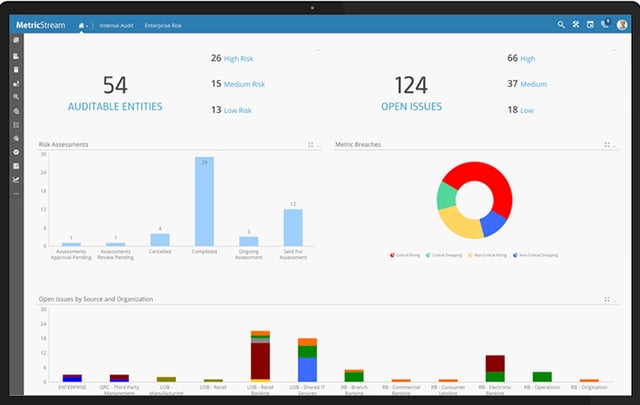The way people work is rapidly changing for most organizations. Technology now provides a new level of mobility for professionals that enables them to work how and where they want. But as these tools have brought employees freedom, teams are struggling to stay united. How can organizations work to deliver both flexibility and team trust while maintaining optimum productivity?
For example, some organizations that focused heavily on virtualization have now been forced to bring employees back together again as a result of fragmentation. Digital solutions allow teams to communicate more easily when apart, but it’s very difficult to fully replace the need for face-to-face interaction to improve the effectiveness of those communications. Technology may be providing new avenues for the workforce to collaborate while apart, but it’s possible that basic trust needs are preventing these efforts from reaching their full potential.
Everyone works differently and how people feel can further influence this process. We need to recognize that collaboration does not come naturally to everyone and enabling professionals to work with others more effectively is not an easy task. In this slideshow, Dr. Nicola Millard, head of customer insight & futures for BT Global Services Innovation Team, outlines five areas that companies should be aware of and work to improve.

Improving Workforce Collaboration
Click through for areas organizations should consider to ensure their workforce is operating at peak efficiency, as identified by Dr. Nicola Millard, head of customer insight & futures for BT Global Services Innovation Team.

Recognize Increased Age Diversity in the Workplace
The traditional way people work within an organization has changed a lot over the last few years. People are retiring earlier and changing jobs more frequently, and age gaps between team members are extremely varied. In order to better equip your workforce with the right tools, it is essential for leaders to recognize the full diversity of their workforce and ensure that appropriate options are available for people of all ages and levels.

Education Is Key to Success
In order to get the most out of a team, it is critical that companies show them how to work together more effectively. Not only does this education apply to interpersonal collaboration, but making sure your team is fluent in using available collaboration tools (e.g., WebEx, Citrix, GoToMeeting, iMeet, Skype for Business).

Working Remotely May Increase Team Fragmentation
Providing people with more flexibility and control over how they work can positively affect their health, motivation and productivity. However, while the ability to work remotely can be a good thing for individuals, it can negatively impact a team as a whole in the long term. For example, considering that only one in four people are naturally good networkers, it’s easy to see that face-to-face interaction can play a large role in enabling teams to collaborate better.

Lead by Example
If companies want their teams to enact a specific approach to anything, it starts with leadership. Senior management should always look to be the leading example for any organization and the same applies for collaboration. If leaders are able to demonstrate benefits for their employees, it will be much easier to increase adoption rates.

Offices as Fluid Workspaces
In order to better accommodate different working styles, the office of the future should work to be more fluid in its design. For instance, individual office spaces may be good for specific quiet work, but aren’t necessarily ideal for permanent occupation. Instead, companies should look to create varied areas across an office to accommodate quiet working environments, mid-level individual or small group conversations and large team collaboration. These areas may also vary throughout the week depending on the time of year or other activities taking place. Everyone works differently, so increasing productivity means enabling all members of your workforce, rather than catering to a few.














